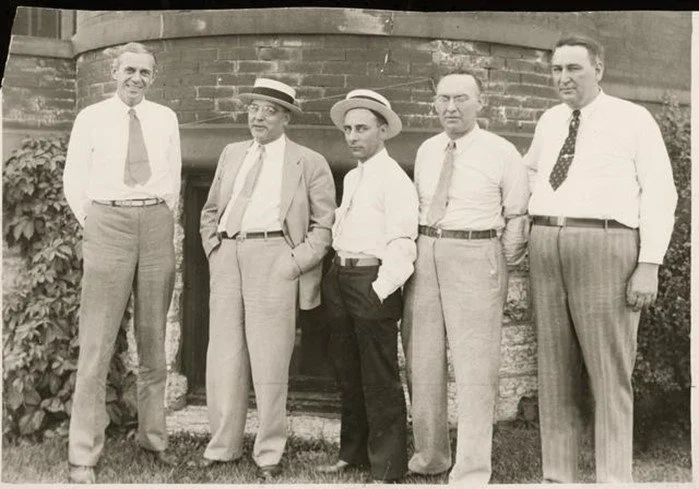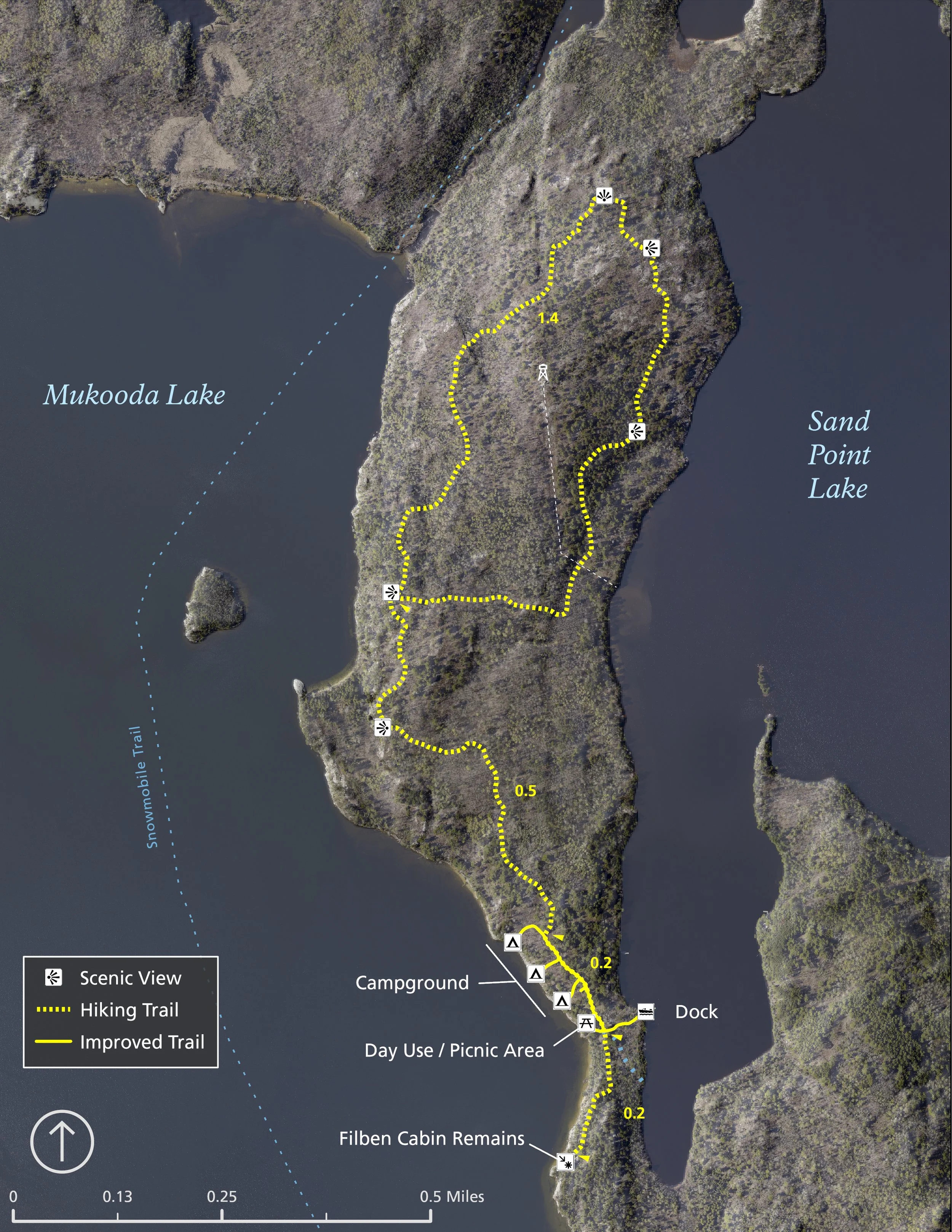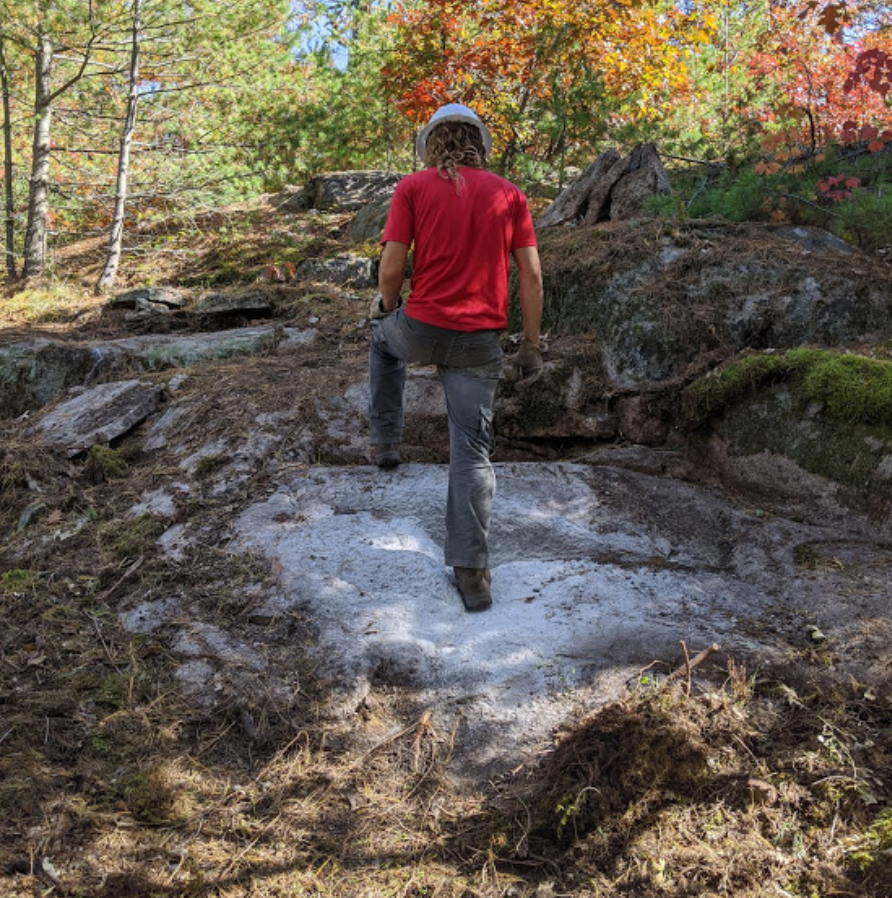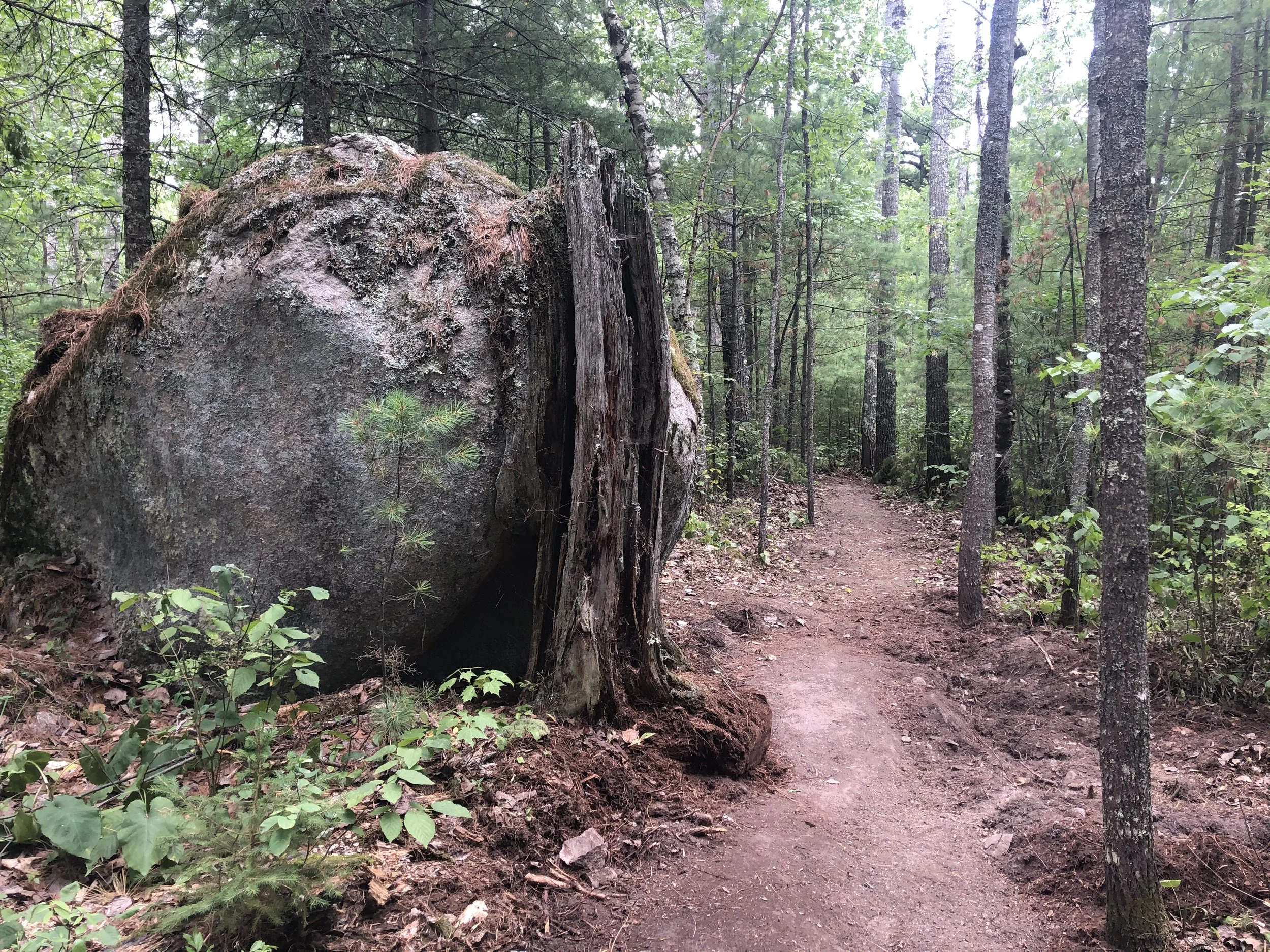Voyageurs and the Mukooda Underworld
Many people come to Voyageurs National Park to explore some of the most beautiful lakes in the United States and find peace in the boreal forests of Northern Minnesota. Others may be looking for recreation or wildlife viewing. Camping, fishing, boating, and hiking are all popular reasons to come to this remote and wild location on America’s northern border. Whatever the reason, solitude and privacy are high on many people’s lists in a place like Voyageurs.
During the Prohibition era (1920- 1933), this place attracted visitors of a different sort all together. The passage of the eighteenth amendment outlawed the sale of alcohol in the United States, but the demand only increased, leading to a boom in organized crime in larger cities centered around the distilling, transportation, and sale of illegal booze. The illegal trade became known as bootlegging and Minneapolis and St Paul were not immune. Soon, there were gangsters, bosses, and two-bit hoods looking for hide-outs where they could get away from prying eyes in the cities and do a little bit of recreating themselves.
Thomas Filben (Right), NPS
One Minnesota mobster that found privacy, and opportunity on these lakes was Thomas Filben. He was known as the “Slot Machine King of Minnesota”, and his “one armed bandits” had an important role to play during Prohibition. Because bars and saloons were shut down, a new sort of establishment was coming into its own. Speakeasys were so named because patrons were expected to speak quietly about such places in public, in the hopes that police would not become aware of them. Since they sold alcohol illegally, they needed to explain their ill-gotten revenue. Cash slot machines could help do that, and more. Filben laundered all sorts of dirty cash through his slot empire and became a prominent banker to the underworld. Cash stolen in brazen bank robberies would be turned over to him, reported as slot machine revenue, and put back into circulation. In fact, it was noted at the 1933 Minnesota Bankers Association annual conference that 21% of all bank holdups in 1932 took place in the state. Filben and his operation was at the heart of it all.
Through his lucrative slot machine business Filben fostered close connections with some of the most infamous gangsters of the day. He was associated with the likes of “Babyface Nelson” and “Shotgun George Ziegler”- one of Al Capone’s hitmen. With friends like those...who needs enemies! His most notorious friend, however, was certainly the bank robber, murderer, and two-time prison escapee John Dillinger. When Dillinger or his gang needed to ditch a car, Filben was their guy to sell them a new one. Filben was even suspected to be personally involved in several St Paul murders.
Gangsters like Filben made their fortunes in the cities, but they still craved solitude and privacy at places like Mukooda Lake. He purchased a cabin from another outlaw who was serving time for mail theft on the east end of the lake which would come to be known as “the St. Paul Club”. Filben had used the cabin on vacations with his wife, but also brought his girlfriend to the property. His partner Tom Brown, who happened to be a St. Paul police detective and later Chief of Police, also had a cabin nearby. They would offer the remote cabin to outlaws that needed a safe hide out – for a price. This north woods protection racket provided Filben and Brown a large degree of influence over the twin cities underworld. This was still a very remote area in those days. Automobiles were just starting to allow for travel to places like Voyageurs, although most of the roads to get here were unpaved.
To get to his cabin, Filben and his guests would drive to a fishing lodge on Crane Lake where they would then take a boat. It was a thirty-five- mile trip by water, another overland portage, then a second five mile boat journey to Mukooda Lake (then named Trout Lake). The journey was half the charm of the place. How could the FBI possibly raid the cabin without first being noticed?
Filben Cabin, NPS
As remote as the Filben cabin was, guests found a comfortable retreat. It was extravagantly furnished, and even featured a player piano that was painstakingly transported through the woods and across the lakes. Few people came to this place, but that didn’t mean you would never see another soul. Local residents reported seeing gangsters in the woods “hunting with Tommy guns”. A game warden encountered two known bank robbers out hunting deer. These residents knew the type of people who came here to lay low. At least one of them was even hired as a lookout, warning of any car or boat that approached the cabin.
Although the “St Paul Club” is no longer standing, it was quite impressive in its day. It was a 28’ x 49’ two-story structure constructed with balloon framing and designed with horizontal log siding, large windows, and a wrap-around porch supported on heavy posts. A notable feature of the cabin was the substantial stone and masonry “basement”, an above ground, bunker-like room. The main floor consisted of a kitchen, great room with a brick fireplace, a washroom, and a room that served as a pantry or storage space. An open staircase led to the second floor, which was one large space with no defined rooms.
Mukooda Hiking Trail Map
Filben retired from his many criminal enterprises and moved away from Minnesota as a wealthy man. He sold the “St Paul Club” on Mukooda Lake and settled in Palm Springs, California before the FBI could pin him with anything that would stick. The cabin changed hands a few times, eventually ending up within the boundaries of Voyageurs National Park. By the 1980s, it was in a dilapidated state and was mostly removed, although it’s foundations still remain.
Visitors may find it’s ruins while exploring, but don’t expect to meet any outlaws. It is important to preserve and protect cultural landscapes. Through historic preservation, we look at history in different ways, ask questions of the past, and learn new things about our history and ourselves. Historic preservation is an important way for us to transmit our understanding of the past to future generations, even when we are considering outlaws, or negative historical themes. Voyageurs National Park maintains these resources in the hopes that future generations will be able to learn something positive from the past.
Discover the Filben Cabin Ruins Along the Mukooda Hiking Trail
The Voyageurs Conservancy provided funding for two young adult crews that contributed 2,058 service hours. These crews, alongside a dedicated National Park Service team, completed the trail late in 2020 adding the only hiking trail east of Ash River in the park! This project increases recreation access for thousands of park visitors who love exploring the Crane and Sand Point Lakes area. As you explore the Mukooda Hiking Trail, we hope you enjoy the dense pine forests and rocky ridgelines that make Voyageurs National Park so unique. Thank you to our members, the National Park Foundation, and REI Co-op for their generous support of this project.





